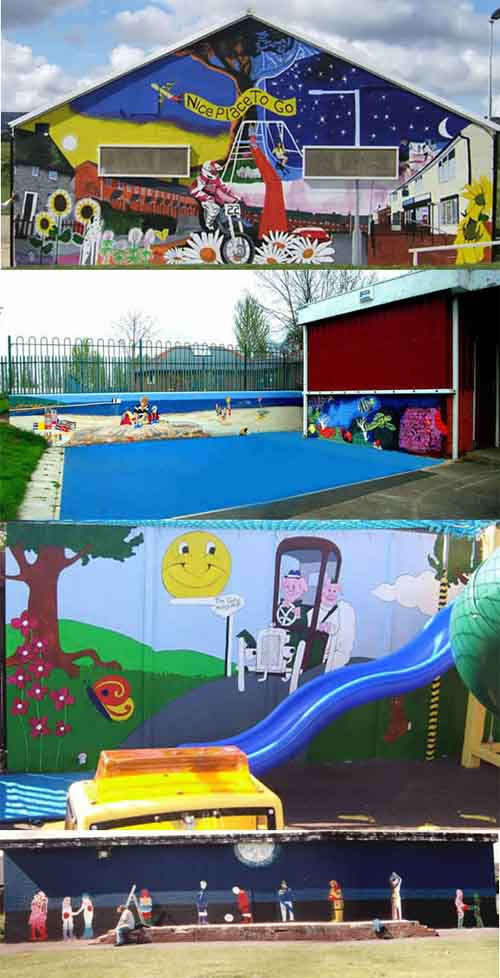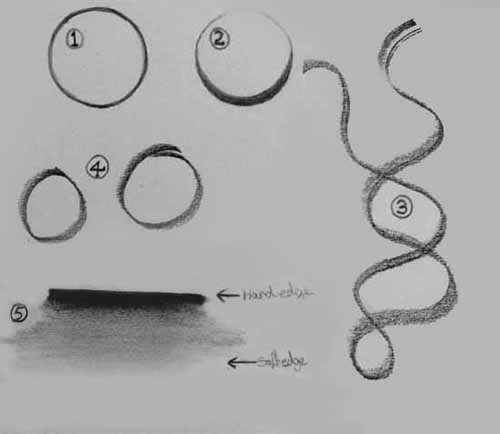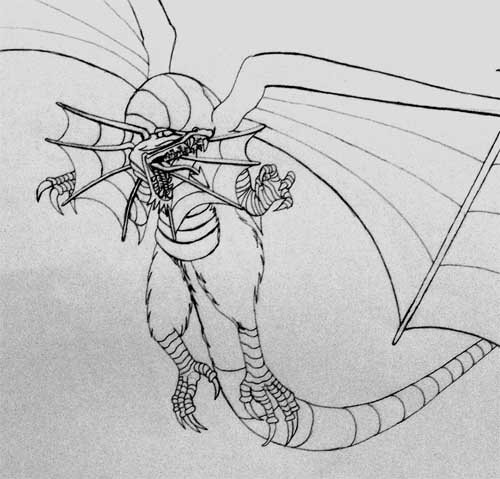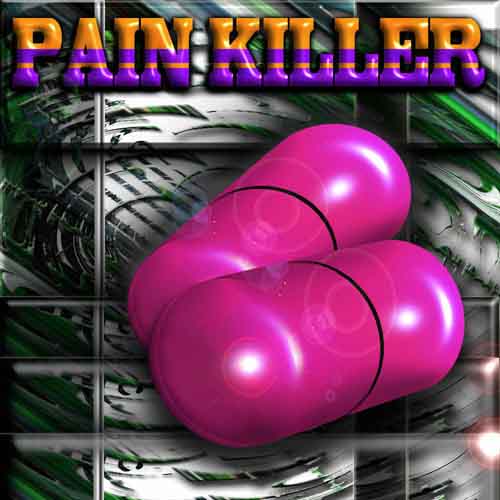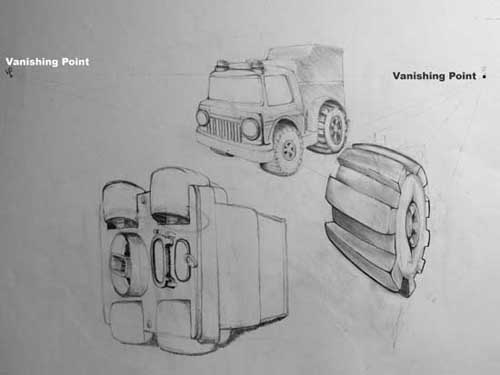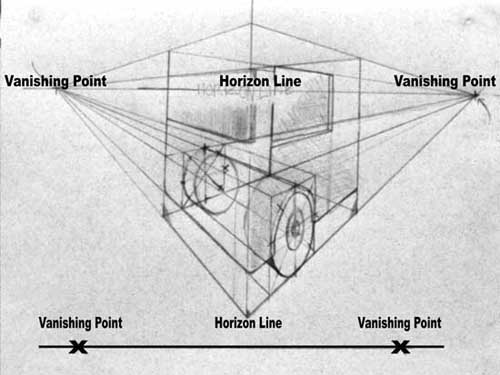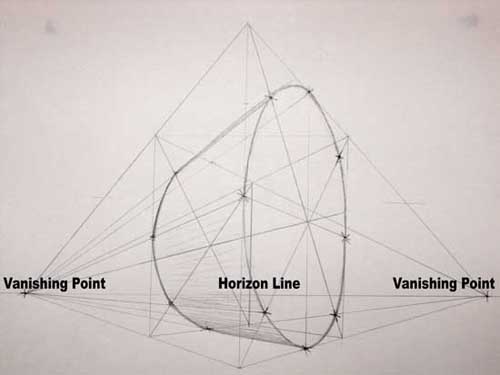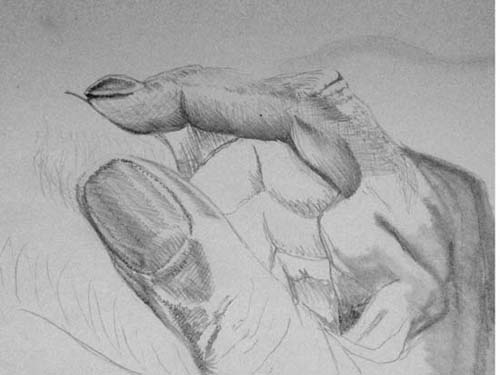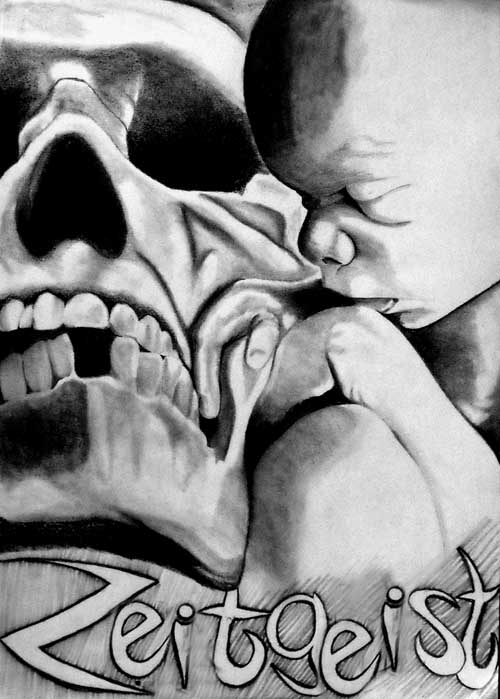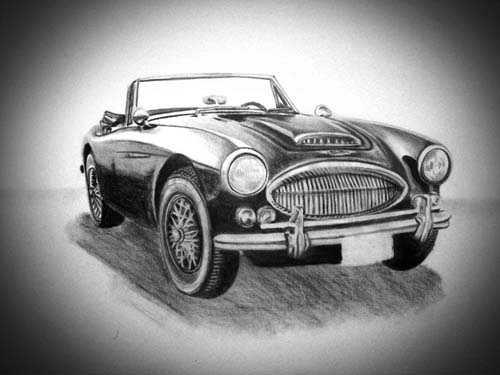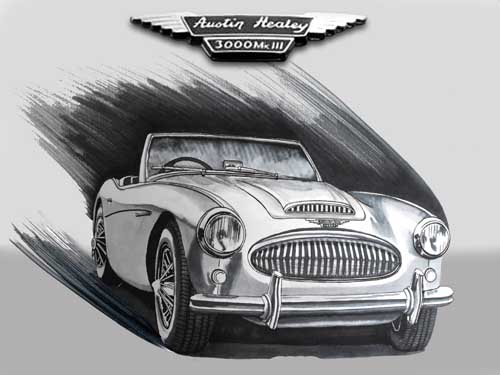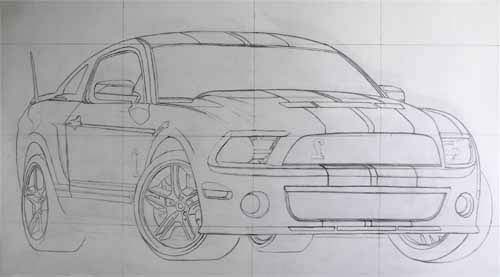This pencil portrait drawing of Kurt Cobain was drawn in June 2011.
The pencil portrait drawing was an experiment for trying out some ideas, I made some quick sketches with different tools that where all dismal failures and I should have realized that there was something difficult about this image making it troublesome.
I chose Kurt Cobain, front man for Nirvana, the Grunge band, mainly because I have had a relationship with him that was one sided as a fan during his and my life, through the television, newspapers, and radio, all with their own brand of creative news.
One starts and they all jump on the gravy train, creating portraits and I am no different except mine is only a pencil portrait drawing.
Here I am doing the same thing as them drawing a pencil portrait drawing of a common old rock star because he is familiar and recognizable.
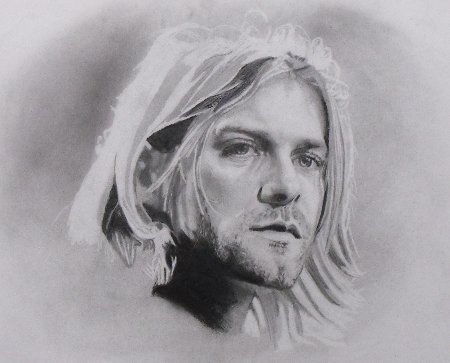
I enjoyed Nirvana probably because nothing good happened for me during the late 80’s early 90’s with guitar based bands and I had drifted off into little fluffy clouds, 808 State, rave music. Kraft Work had become popular again and I had been into them much earlier as well, just like, good night Vienna, Ultravox, guitar music was dead and then came Nirvana, and it was Nirvana. No more Mini Moogs and Oberhimer’s, it was Fender guitars and amplifiers, it was aggression, raw complaints and vague lyrics, “I’m so ugly, that’s OK cos so are you”.
All this and the media portrayal of a troubled soul, leading to his suicide, probably adhered me to Kurt Cobain giving me a good reason for drawing a common old dead rock star, dead but not forgotten.
I chose this image of Kurt Cobain from an Unplugged episode for a number of reasons, one of which was because he was not quite looking at the camera, which I think makes a more interesting portrait of somebody, caught unawares. The image actually looks like he has been caught day dreaming and he is not actually focused or aware of his real surroundings, I think the image portrays this, whether it’s true or not.
The pencil portrait drawing.
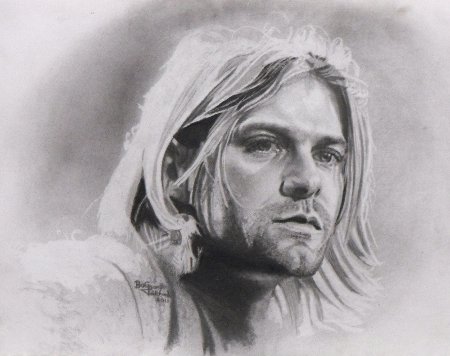
I did not realize how difficult this was going to be until I tried to capture it and the eyes caused me problems. I chose these eyes because they where wet, glassy, reflecting stage lighting but only prominently in Kurt’s left eye on your right hand side, those other glints that are there but dimmed out, where difficult to get to the right tone. The light reflecting in the iris of the left eye was also difficult for the same reasons.
I chose these elements because they are strong along with the stubble and the hair, as my intentions where to only suggest Kurt Cobain, I failed to satisfy these intentions in this drawing I think, yet learned so much more that I will use.
All of these aspects are what makes the drawing good but much more difficult with a need for deadly accuracy to capture the qualities of the subject but I made it difficult because I did not want it to be photographic, either. I had intentionally chosen an image with lots of marks in it, so as to be more able to use hatch marks as well as tonal modelling. This meant there was a lot more work involved in reproducing those marks which was a very time consuming task. I thought that I could just make hap hazard hatch marks to suggest some of the facial areas and I was wrong because it didn’t work out that way making me feel that I needed to do them almost exactly as they were.
I have drawn many portraits in the past and know that photographers usually over expose faces in an attempt at making the subject look better by masking the details with light. This usually produces images that are flatter than in real life showing less shape and form also showing less detail making them less work for someone doing a pencil portrait drawing.
The initial drawing took me about 30 minutes and you can see it being drawn in the video below.
I first toned the paper with graphite dust making it a light grey color or tone. This was done because of the hair being blond and very light but also I did not want to create a drawing that looked like a photograph, I wanted it to look like a drawing with many marks just being suggested rather than definite. Past experience told me that I could do this successfully by using an eraser to draw with as well as a pencil, thus leaving the paper white by removing the graphite with an electric eraser.
I do have a process for doing my drawing which is probably similar to most other peoples but just in case it is not I think it needs to be stated. On most occasions I will draw some quick sketches of what it is I am going to draw, even if I have a photograph, as it helps me to focus my attention by getting things wrong, which in most instances I often do. This process also teaches me about the anatomy of the face and I learn how the elements are connected to each other, giving me practice runs at getting it right, all building up my visual memory of the face which I think helps me see it in greater detail. The whole process is about focusing down on the detail by starting out with a simple drawing, a quick out line sketch then refining it by adding more detail.
After this quick initial drawing I then set to work on finalizing the detail and correcting any discrepancies between the drawing and the photographic subject, by this I mean that I make sure everything was where it was supposed to be. I do this by working through each component of the face; for example, I would take the subjects left eye on the right hand side of the paper and draw every detail as I could see it in the photograph. I always try to work from right to left because I am left handed but anyone who is right handed would be best working from the left, this enables you to more easily see what you have already drawn. It also helps because your drawing hand is not rubbing on the drawing you have been doing thus changing it by smudging the marks you have already made.
I then draw this left eye on the right hand side of the paper as I can see it, trying put every piece of the detail into place as I move around this smaller area, comparing each component in it with each other till I am satisfied that it looks good and close to the original.
Then I move to the other eye to do the same thing but then also comparing it with the eye I have just drawn to make sure it also is in the right place at the right angle being the right size and shape. At this point I begin to see discrepancies in the eye I have already drawn and although I was satisfied with it at the start I soon find faults with it when comparing with each other and the photographic subject.
When I am satisfied that the eyes are right I will move to the nose and mouth working them together along with comparisons being made with the eyes as well, at this point I start to make comparisons with the outlines of the face also. This whole process is slow, laborious and I find it enlightening because it seems to me that as you build you’re drawing, the parts you draw, the marks you make, reveal other marks that are missing in other areas that you have just finished. Areas or marks that you where sure where correct when you made them seem to change after doing some more work in another area and looking again you find they are not as good as you thought they were, so the process of elimination grows more complex and more detailed.
I do not do this process in one go but over a few days by going back to it and doing a little often with the biggest part of the work being visual study and comparison. The largest part of the work has no physical presence as most of it is just looking but it is essential to the end result.
The tools I used in the initial drawing where a HB 0.5 mechanical pencil some graphite dust scraped from a 3B graphite stick, a charcoal pencil and a Jakar battery operated eraser on A3 300gsm water color paper using the smooth side of the paper. The graphite dust was blended in using soft tissue paper by lightly rubbing it in circular motions so as not to leave streaks as I did not want them in this drawing but sometimes I do use them for further interest.
In the seconded stage I decided to use some black chalk pastel instead of the charcoal pencil because it adhered to the paper and other pencil marks better and was better at minimizing the reflected light that comes from the darkest areas of graphite pencil. Rubbing in some pastel over the top of these graphite pencil marks dulls them making them blacker and much less reflective I only used this in the darkest areas because if it is over done you end up with a very different tonal quality. If over done you end up with a pastel drawing and not a pencil drawing but used sparingly it can be very effective, notice the neck and under the chin area, around the ear, as well as the pupils, and top lip. In the second stage of the drawing where I was doing the detail I changed pencil I was using for a Derwent 4B sketching pencil which is a very soft black and layers very well over the top of previously drawn pencil. I also used the battery operated eraser and a paper stump for blending the pastel into the graphite pencil and also blending the graphite pencil it into the white of the paper.
I also experimented with a Derwent 8B dark wash pencil which is a pencil that you can wash out with some water on a brush I tried this over some of the not so dark areas in an attempt to kill the reflected light that comes from graphite pencil marks. This did work to some extent, not as well as the black pastel chalk did but I could not use the black as these areas are not meant to be black and making them black would change the whole tonal quality of the drawing completely.
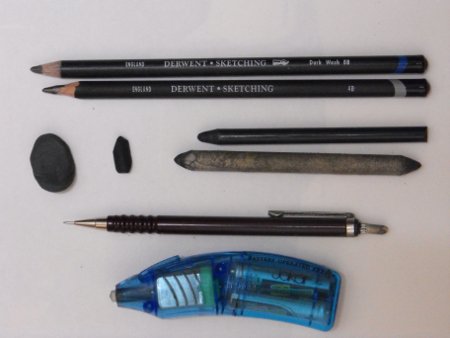
I succeeded in capturing the essence of Kurt Cobain and also managed to only suggest many strong features like the hair, creating a graphite pencil portrait drawing with photo realistic elements and also bold suggestive pencil marks. I am happy with the outcome as it now presents a better understanding of the 3 dimensional shape of the face giving me the possibility of further exploration and experimentation.
But…
My next victim will be, His Bobness.
Bob Dylan deserves to be immortalized in a graphite pencil portrait drawing if only for the fact that he has been on a never ending tour for possibly the last 50 years of his life, intentional or not that is a feat of endurance and lasting commitment.
View Gareth Pritchard’s profile on G+

